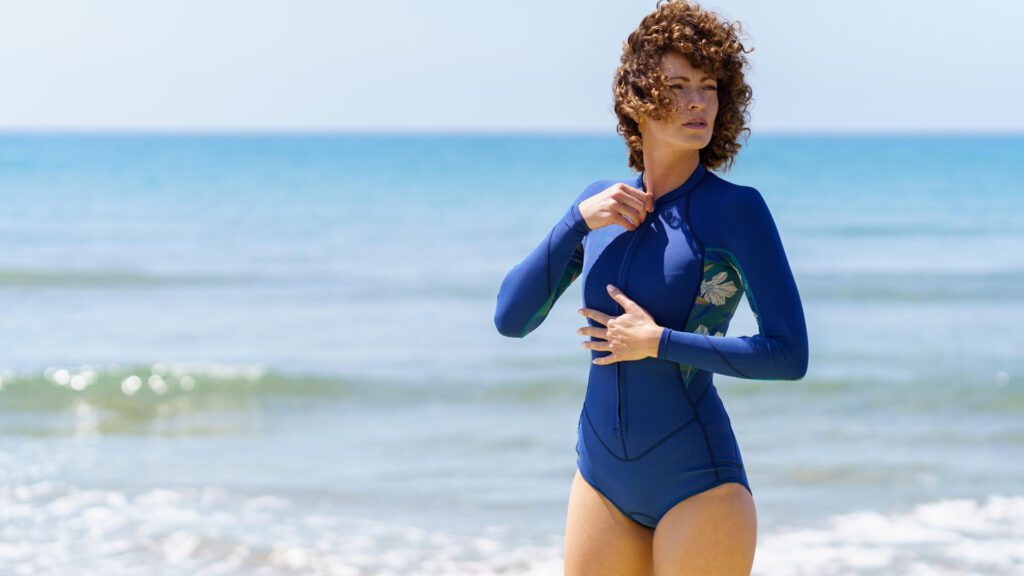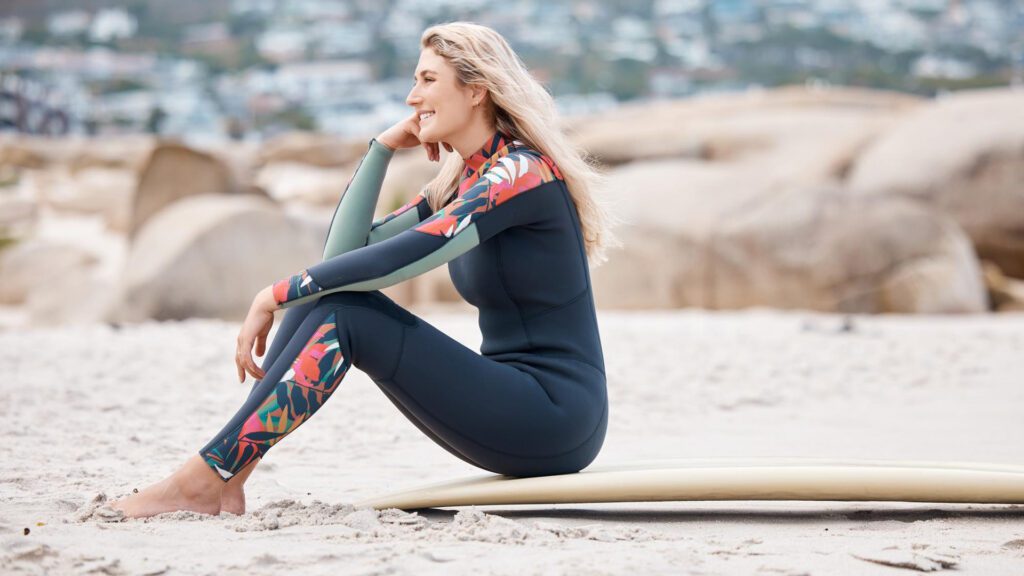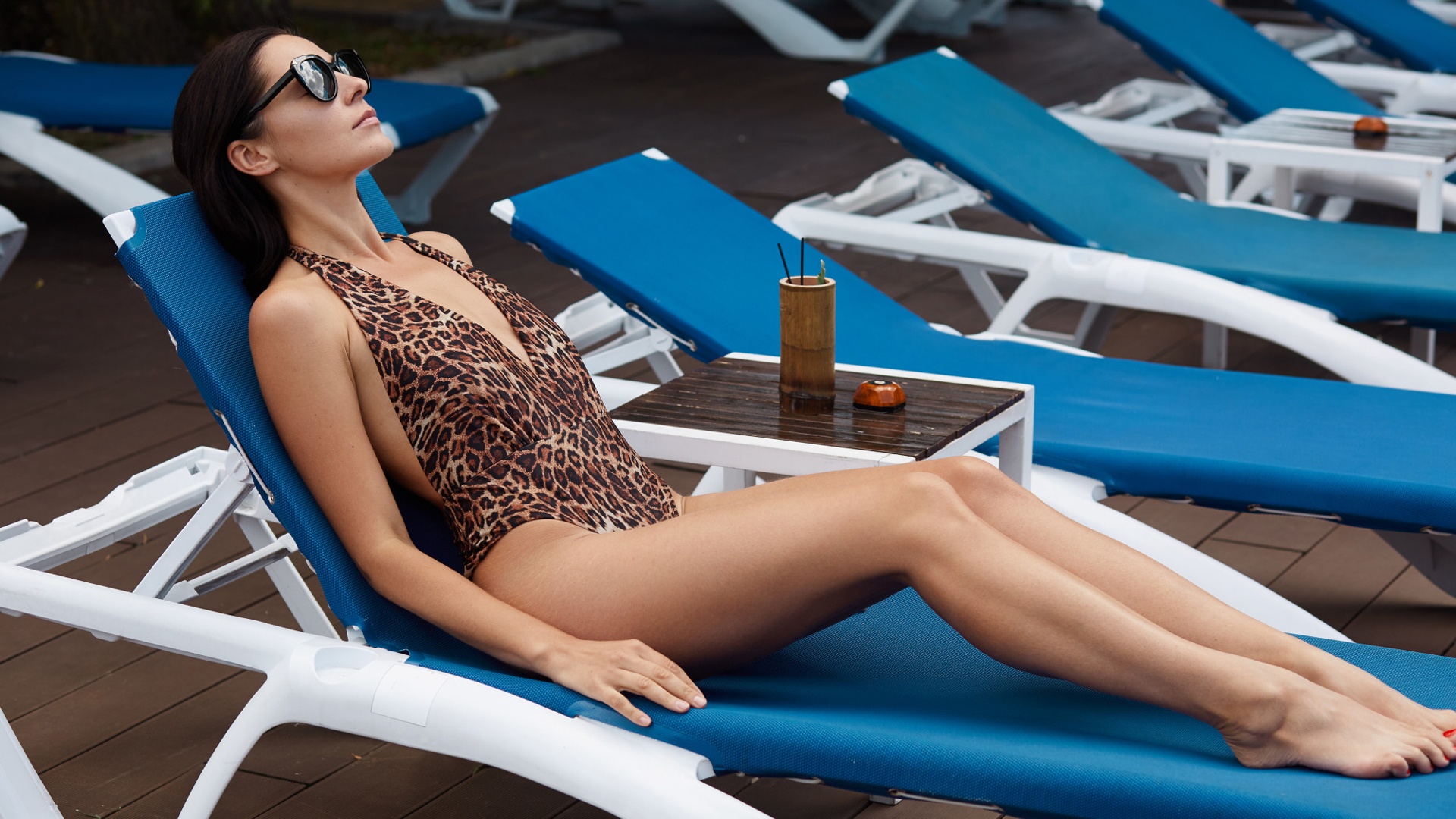Yes, the sun’s rays can easily pass through my clothes. But it solely depends on what type of clothes I am wearing.
I have discussed fabrics that you can opt to help protect you outdoors. The information below also helps you identify the factors you should know before choosing clothes to wear in the sun.
Do Clothes Block the Sun’s Rays?
Sunlight is packed with UVA and UVB rays, that can penetrate different types of fabric. So even if you’re covered up, you can still get sunburn through clothes.
Key Factors To Consider
I have mentioned all the factors that you should consider. It is a great way to know which clothes are best for safe sun exposure.

Types Of Fabrics
You need to know the level of protection your clothes can provide in blocking UV rays. Thin, light-colored, and loosely woven fabrics offer less protection, and let more sun rays pass through, which can lead to a tan.
On the other hand, thick, dark, and tightly woven fabrics absorb more UV rays and tend to offer more protection. They keep your skin safe during prolonged sun exposure and prevent sunburns.
For example, a lightweight fabric like cotton contains natural lignin that acts as UV absorbers. Synthetic fibers like nylon and polyester also offer better protection and block out the sun. But beware: Stretched-out old swimwear may not offer the same protection to your skin from the sun it once did.
Color and Peak UV Protection
Darker colors absorb more light, and providing better sun protection from dangerous rays. In contrast, light colors reflect light, but they also let more UV rays to pass through. So, if you’re planning a day under the sun, you might want to choose dark colored clothes.
Washing Clothing Regularly
Washing your clothes can improve their sun-blocking ability. The process can shrink spaces between fibers, creating a tight barrier against UV rays. However, this doesn’t mean you should over-wash, as it can lose their effectiveness and thickness.
Wear Hat And Sunglasses
While clothes can offer some layer of protection, remember other sun safety habits. On exposed areas, cover as much skin as possible with a hat and sunglasses.
Apply Sunscreen
Choose a sunscreen with an SPF (Sun Protection Factor) of 30 or higher. It works as a sun-protective shield and keeps you safe from skin damage. Reapply the sunscreen every two hours for constant protection.
What’s the Deal with UPF Clothing?

I like to wear UPF clothing when I’m out tanning. UPF stands for Ultraviolet Protection Factor. It measures how well a fabric can guard your skin against a broad spectrum of UV rays. This clothing offers safety and helps keep your skin safe and healthy.
A regular white cotton t-shirt might only have a UPF of about 5, which lets many of those rays penetrate your skin. On the other hand, a high UPF rating means long-lasting protection. A piece of clothing like denim has a high rating of UPF 50.
UPF clothing uses tight weaves and specific materials that act as a barrier against the UV radiation from the sun. Some clothes are even treated with UV-absorbing chemicals to boost their protection power.
Best Time To Avoid The Sun
The sun’s rays are strongest and most harmful during the middle of the day, from 10 a.m. to 4 p.m. To not be exposed to the sun, seek out shade during these hours.
Taking breaks from the sun is good for your skin; but it can also help you stay cool and avoid overheating on hot days.
Final Thoughts
Clothing is a major factor to protect your skin from harmful UV rays. If you have a sensitive skin type, you might get sunburn. A sunburn, if gets worse, might lead to skin cancer.
Don’t wait for the situation to get worse. I highly recommend seeing a dermatologist as soon as you start noticing the signs. Protect your exposed skin as much as possible.

